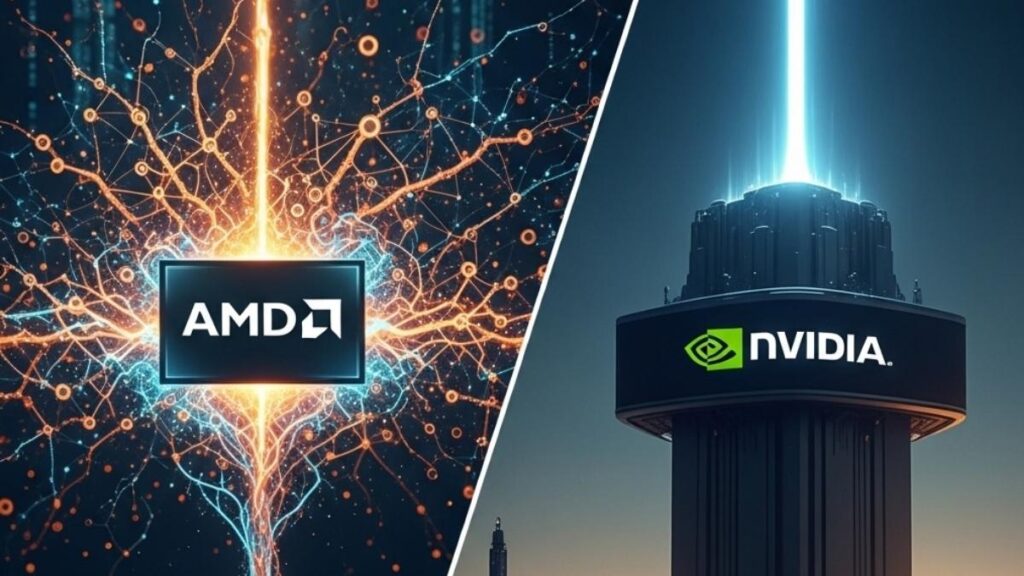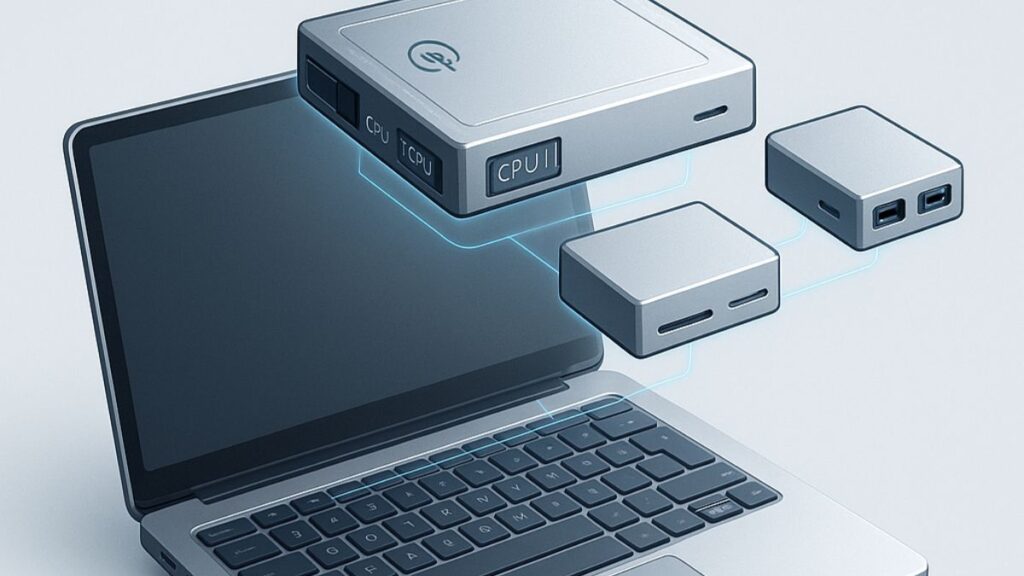Global Foundries was primarily created around what once was AMD’s and IBM’s microprocessor manufacturing capability. It was formed with the fundamental belief that a company focused on manufacturing, with their overhead, could be more cost-effective at building parts because it could get economies of scale far more significant than an internal effort at either AMD or IBM. This move seemed to make a ton of sense on paper, and these moves were used to suggest Intel retained its manufacturing capabilities.
But this has not proven to be the case. First, AMD moved away from Global Foundries because the firm refused to develop the advanced process AMD needed to be successful. Then, more recently, IBM sued Global Foundries for breach of contract because IBM alleges Global Foundries refused to comply with the contract IBM has with the company. The contract also gave Global Foundries IBM’s manufacturing capability.
This latest litigation appears to validate Intel’s decision not to outsource manufacturing if only to assure their manufacturing capability isn’t eliminated accidentally in the process, as it seems to have been with IBM and AMD.
The Benefits of Vertical Integration
Most companies created back when IBM was created were big believers in vertical integration, which assured tighter control of their finished goods, more reliable parts logistics, tighter product development timelines, and better control over the related profits and revenues. This strategy was all about control and minimizing supply chain risk. If you build the entire product, you should be better able to ensure both the time to market and the stability of the related component costs.
But manufacturing sites, to be cost-effective, have to be run at or near capacity. Often, the individual company’s needs can fall well below what is needed to keep in-house manufacturing viable. Still, with the COVID-19 pandemic resulting in massive supply problems for things like microprocessors, vertical integration is again looking to be the more attractive choice.
Outsourcing Manufacturing
However, the economies of scale for aggregating the manufacturing of several companies and spinning that capability out is still compelling. It was compelling because it better assured that the combined manufacturing capability would be more cost-effective. This cost-effectiveness is because when you jump to multiple customers for any capability, you tend to be better able to reach economies of scale that the individual companies can’t reach. After all, they are generally unable to compete for third-party business.
On paper, this made the Global Foundries concept very attractive. If, as they should be more able to do, they can keep the plants they acquired from AMD and IBM fully engaged, their costs per part should drop more than enough for them to provide a parts price very similar to what it cost AMD and IBM to produce those parts themselves without the downside risk of slow years creating an additional drag on the AMD and IBM’s income statements.
But this all hinged on Global Foundries meeting their commitments, and as first AMD and now IBM found out, Global Foundries is either unwilling or unable to do so. If that is the case, then the benefits of the vertically integrated model exceed those of the outsourced model, making the concept that created the firm appear invalid.
Wrapping Up
Global Foundries was created to optimize the supply chain for microprocessors for AMD, IBM, and others. They made commitments that appear to now be broken and unreachable, putting into question the very reason why the firm was created. As a result, they have potentially become untrustworthy as a supplier. Their very reason for existing is in question because it appears they cannot fulfill their primary mission of providing parts to the firms that initially created the company.
And if a company can’t or won’t meet the needs of its founding customers, any other company with far less clout is likely to be equally disappointed, making it far less likely they will use Global Foundries and far more likely they’ll follow AMD to TSMC. We may be seeing the beginning of the end for Global Foundries because their technology is becoming increasingly outdated. Their large customers are not only fleeing from them, one is suing them for breach, making it look like Intel made the right move by keeping manufacturing in-house. The Global Foundries model may be non-viable.
It also showcases that control may be more critical, particularly during a pandemic, than the cost savings from outsourcing. Because if that company you outsourced to can’t or won’t execute, you are in worse shape than you likely were had you retained your manufacturing capability.
- The HP OmniBook X Flip 2-in-1 16-Inch: Your New Digital Swiss Army Knife (Now in Glorious Atmospheric Blue) - June 25, 2025
- The Open AI Avalanche: Why AMD’s Collaborative Spirit Is Outmaneuvering NVIDIA’s Empire - June 22, 2025
- Lenovo Embraces OpenBMC: A Step Towards Greater Transparency and Control in the Data Center - June 17, 2025



